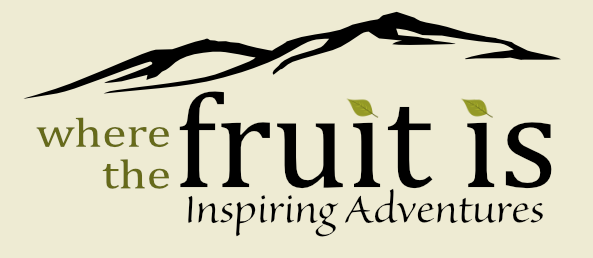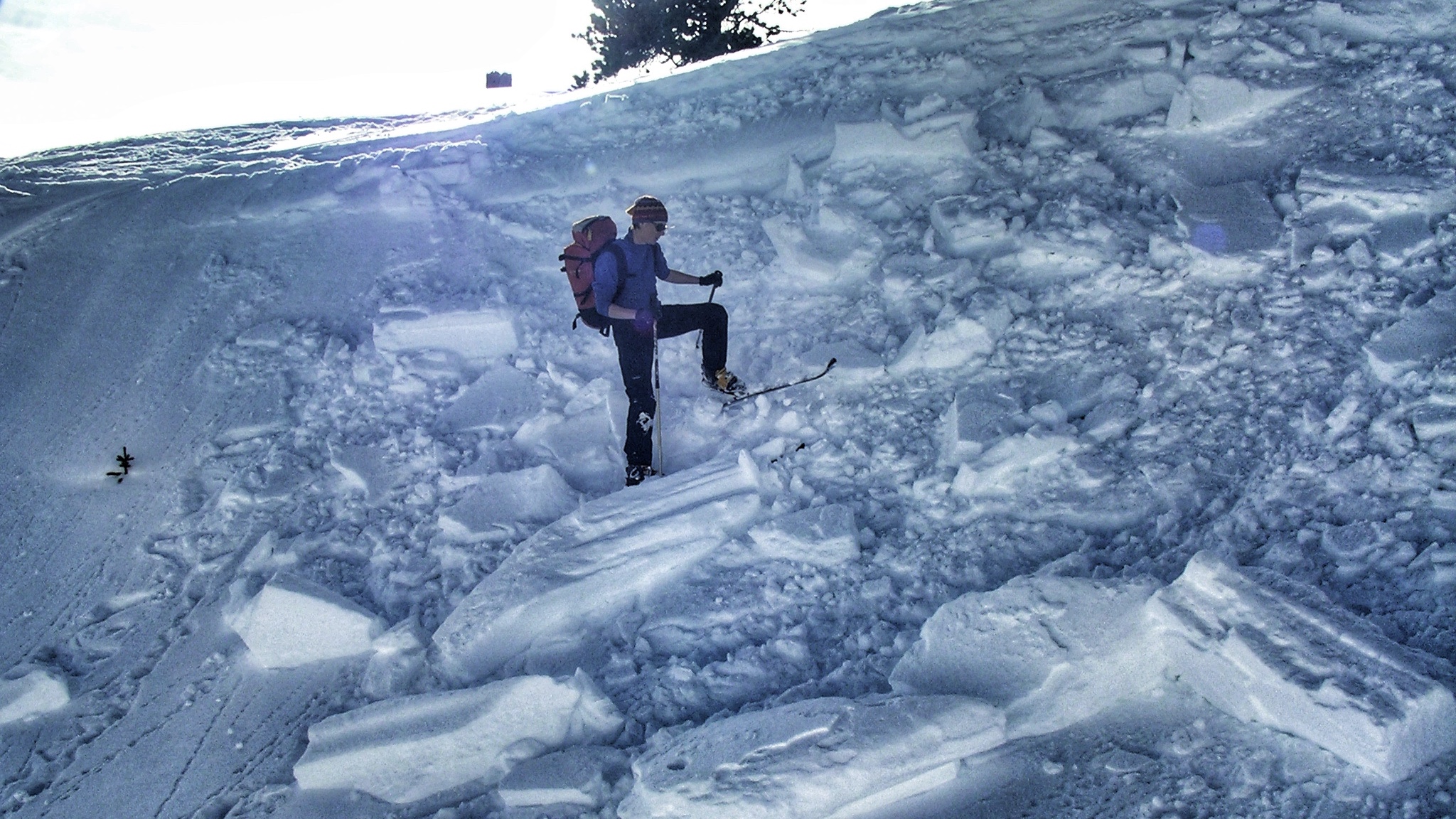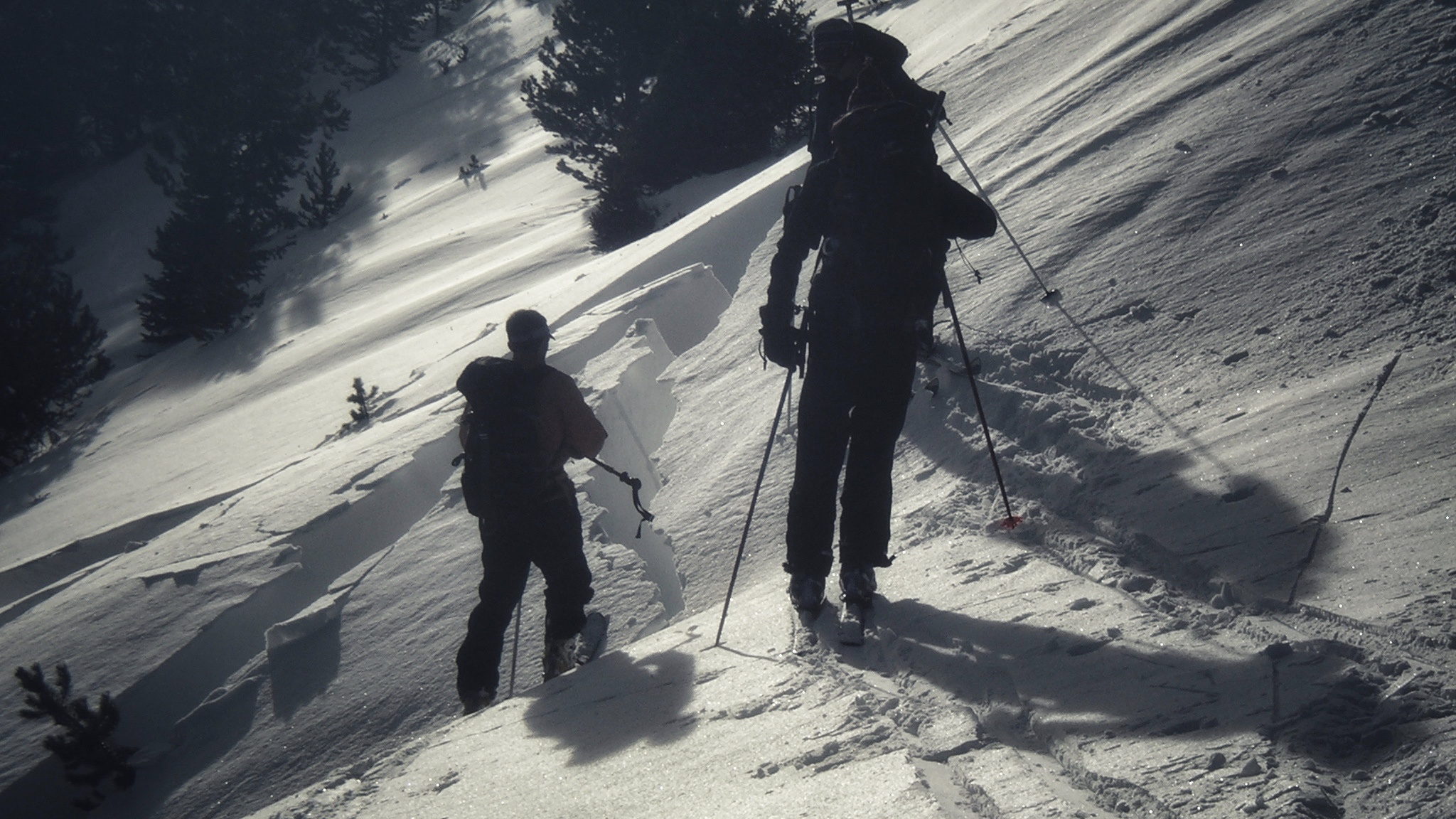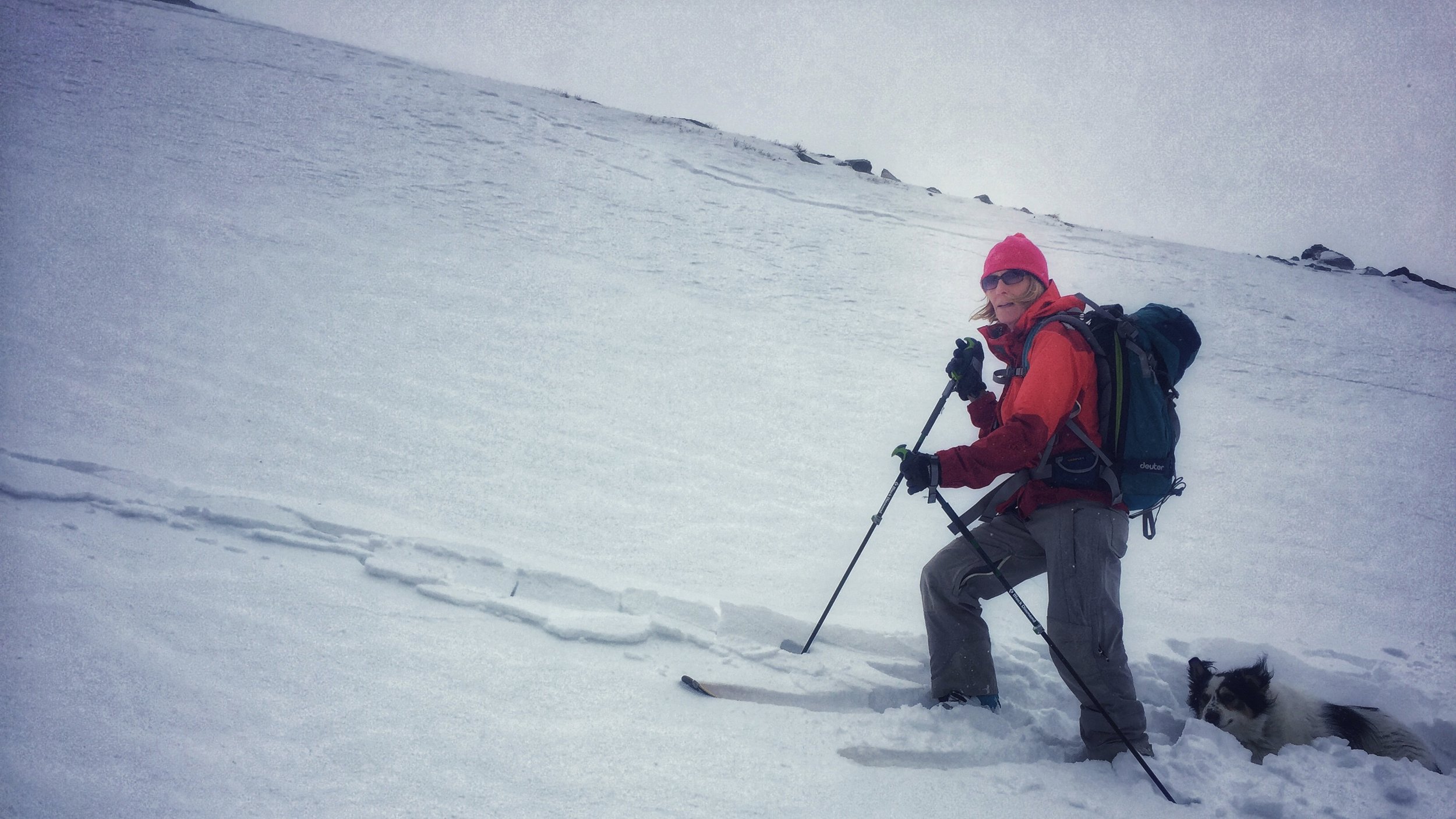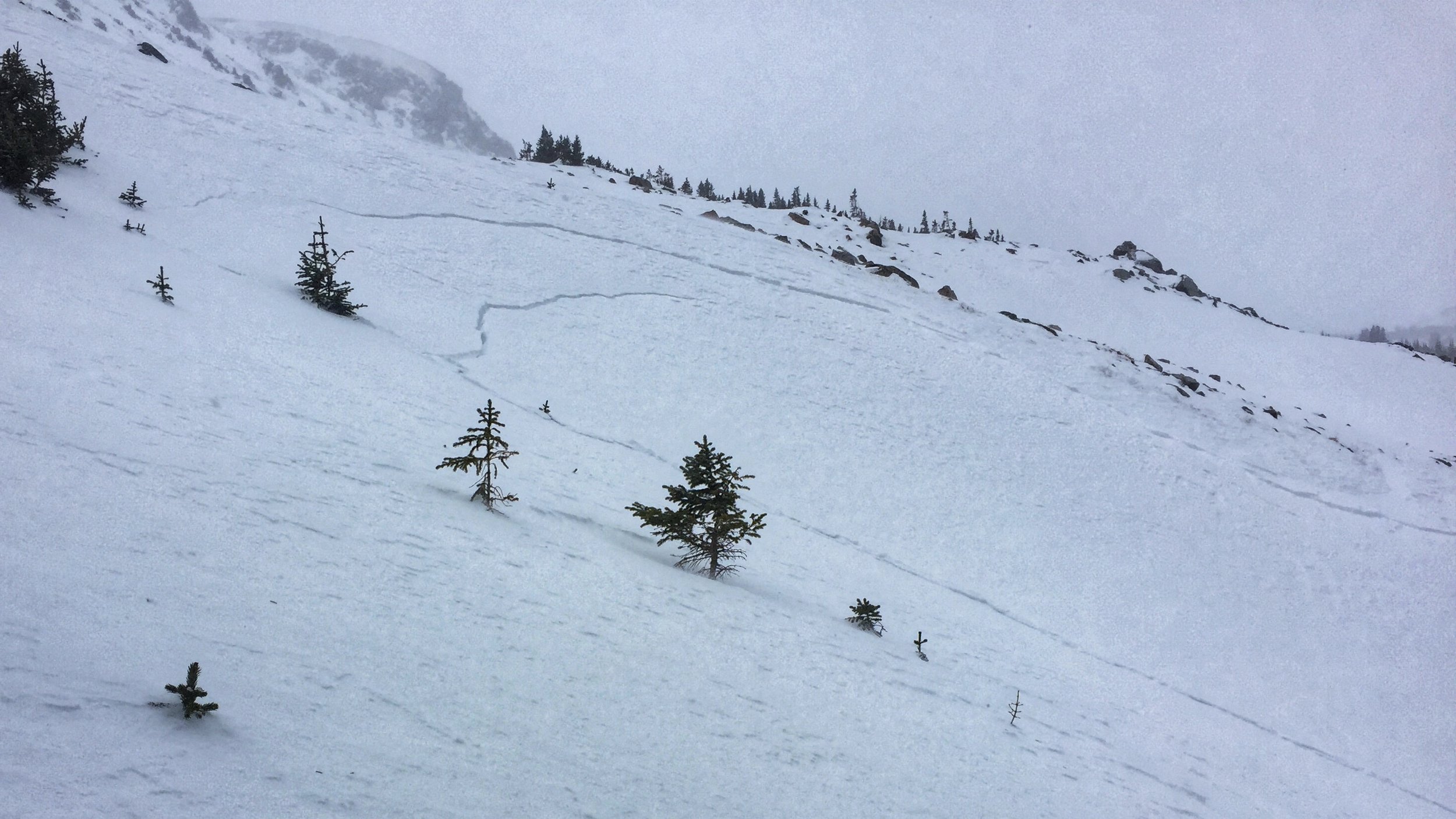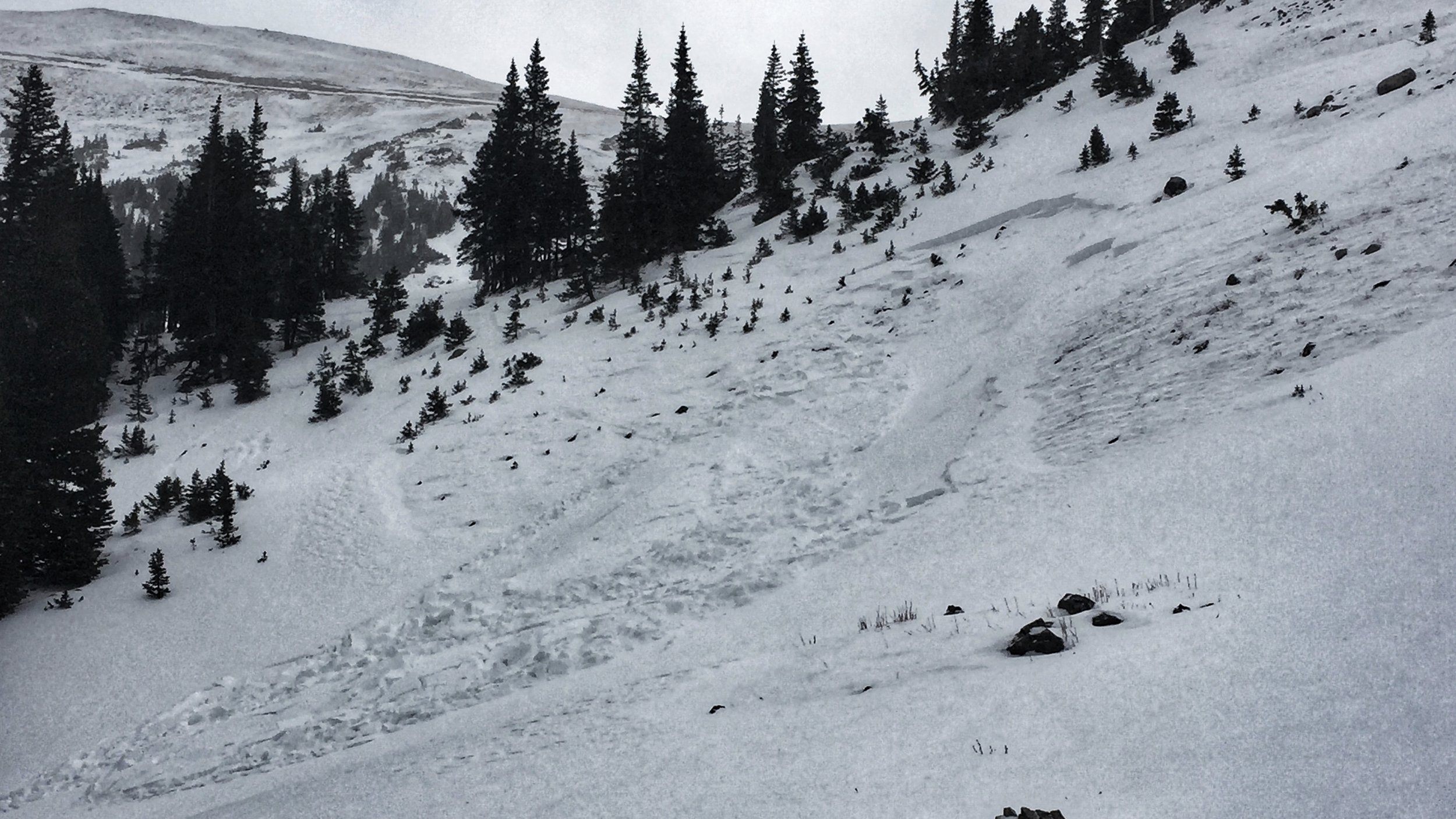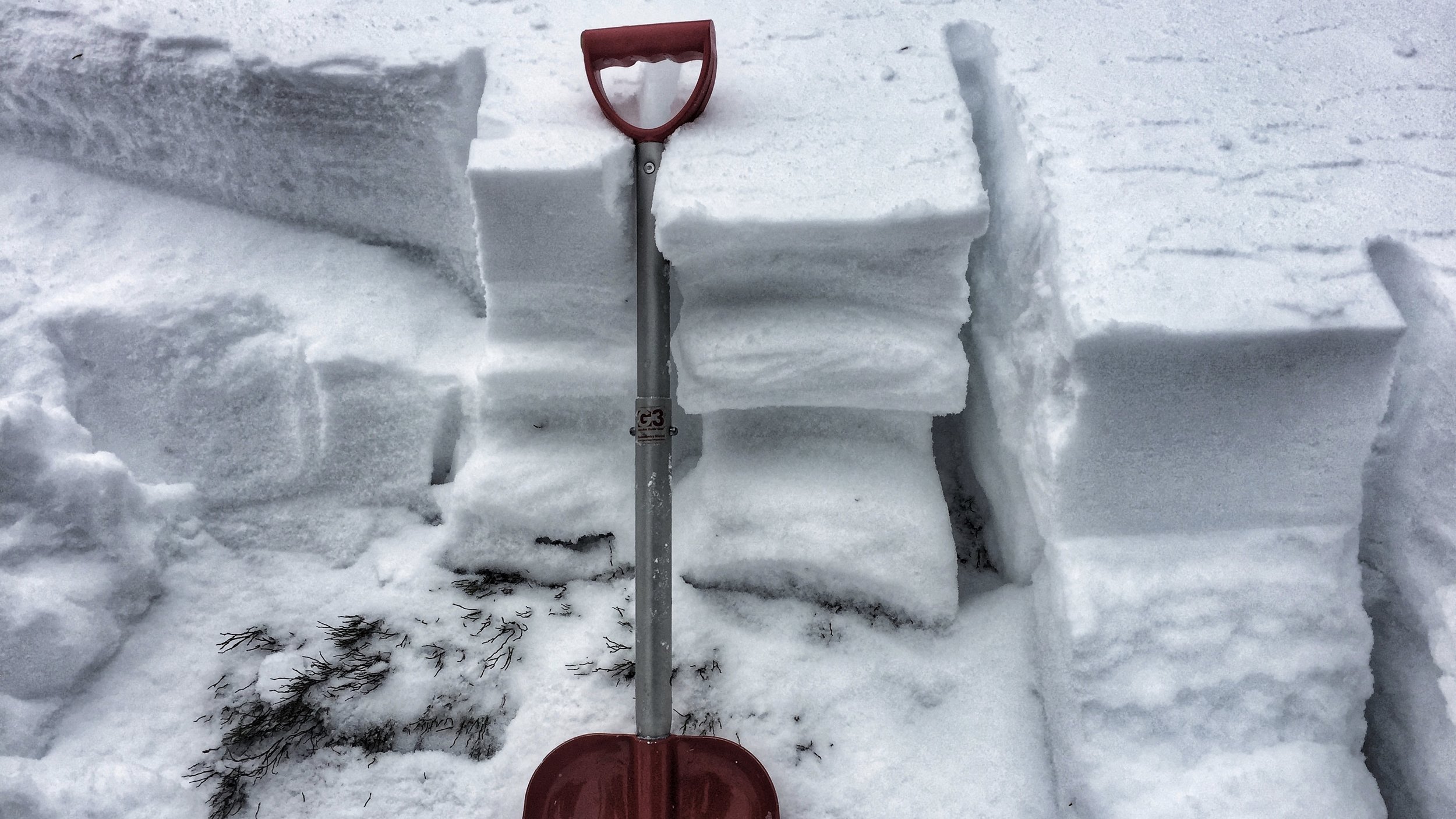Fighting Assumptions and Dogmas:
Everyone loves riding backcountry powder.
There was a spate of large avalanches in Colorado at the beginning of March. Watching the comments on social media leaves me a little sad. We have unfortunately seen way too many deaths this year. The reaction to these tragic accidents is to trigger a base instinct. The reaction is often knee jerk, unkind and not particularly logical or helpful. It also correlates with other tough, life issues. And it helps me realize I need to be more logical with matters that trigger my emotions.
With regards to the high avalanche hazard, people suggest staying at home. I get it. It is easy to communicate. It is easy to measure. It requires no skill. It does ensure safety in the mountains in that moment. But, there are a few issues that need thinking through. First, I do not believe it ensures safety in the mountains in general. Second, it is often followed with the comment that people who ignore the advice are being selfish. They are putting others at risk. This is not so easy to measure. It is also often an erroneous assumption.
When we look at the anatomy of an avalanche, it requires the complete recipe. If any of these things are missing then there is no avalanche. The ingredients are a slab of snow, on a weak layer, with a base to slide on, the right slope angle and a trigger. During the “snowpocalypse” we have had big slabs lying on weak layers. Conditions were so ripe, avalanches that haven’t triggered in years let loose. The mass of snow created huge forces and triggers. Avalanches ran bigger and further than seen before. There have also been many new slide-paths opened up. This has been a monumental year and hazards have been higher than any other year on record. I have a problem being told to stay home though. If I don’t go out, I don’t have the opportunity to learn.
Let me clarify. I used to teach college backcountry skiing and avalanche classes. The students were often aged between 18 and 25. They had developed their motor skills, were capable and excitable riders. Their understanding of how to remain safe was not at the same level. If I was to lecture or teach the theory of snow science and avalanches they were not interested. Thankfully, I taught out of an old mining town called Leadville. Littered around the area are tailings. Most are about 50 feet high. They are little rocky cones with flat tops, and sides sitting at the angle of repose of snow. 80% of avalanches start on slopes of 35º to 45º with the bullseye being 38º. As winds tend to have a dominant direction this meant we could find a scoured slope that was safe to ascend. We could cut a cornice above a neighboring loaded slope and watch the extra mass cause an avalanche. Being as the slopes were small they did not run far. The thing was the students were able to have a visceral experience. They felt the movement of the air. They heard the various cracks, whooshes and roars. They then had to do beacon searches and move through real avalanche debris. It is very different to doing these drills in a parking lot. After these encounters the students were far more receptive to further learning. The experience moved them.
I also loved taking them on gentle slopes with small roll overs when the snow was “touchy”. Savvy backcountry travelers listen for “whoomphing” sounds and look for propagating cracks. They are signs of settling and show major instabilities. If you experience these on a slope steep enough to slide you are in trouble. When there is nothing hanging above you then it is merely eerie. When you first experience a propagating trigger it is alarming. Seeing a roll over fail and break up 100 yards from where you are brings you to an understanding of how snow works. You become more thoughtful when you know you are the trigger and it can impact a slope way overhead. I once helped dig out a victim that had triggered an avalanche that started 1200 feet above him and 1/2 a mile away. He was walking across a flat bench. For me this was a tipping point. I knew about it. I taught it. But now I wanted to recognize the terrain capable of making an avalanche more than ever. Both on the map and on the ground.
When you stay at home you only learn vicariously. The best way to grow is to go out into low angle terrain with someone who knows enough to mitigate terrain risks. Using a phrase like "steep enough to ride, steep enough to slide" does not help. It completely oversimplifies the situation. It is rare (less than 3%) for a slope less than 30º to slide in winter but 15º slopes have gone in spring. Want to increase your safety margins during slab conditions? Guarantee you are not traveling beneath slopes greater than 29º. That includes the drive.
Here is the real crux for me. Spend more time out in a variety of conditions. You will learn to correlate what you feel and sense with what will happen. If the Avalanche Advisory Services' warning is big, the margins of safety are small. So, the more you need to be certain that the terrain you are traveling through is low risk. If you cannot make these choices then yes, it is best to stay at home. But, if you can go out with someone knowledgeable, then those are the days that you will learn so much more. Over time you will become the person others feel safe around.
Another thing to contemplate is that regardless of how much knowledge you have, it is useless if you do not use it. As groups get bigger, quick conversations become harder. It is difficult to share people’s thoughts and concerns. It is also harder to do this out in the field when powder filled lines are seductive. Often called heuristics by people who have done avalanche classes. The human factor is the single most likely cause of putting yourself in harms way. Groupthink is a real thing where everyone defers to each other and things are not said when they ought. Biases and luck often take the place of logic when a run looks good. Taking the time to make a plan before going out is smart. Being able to discuss it at the trailhead will put everyone on the same page. Three people can do their organization on the back of a beer mat. Beyond that it may be worth delving into the world of the spreadsheet. When I ride with a friend our roles are obvious. If one person is buried, the other finds them. When there are three of us then two people can communicate with ease. Beyond that, it pays for everyone to know their roles. It is wise to appoint a leader so all decisions and communication come to a single point. This person can also instigate conversations and make sure they are had. Riding with new people also increases the need for these conversations. Again, the need is to move beyond assumption. We need discussion that creates genuine understanding.
Reading the social media commentaries there is a mass of assumption and dogma. I am though, lifted by the considered responses of some of those attacked. When someone takes the time to educate rather than defend themself I am blown away. When discussion is encouraged and understanding increased. I know there is some chance that the world can be a better place. Now all I have to do is to consider my blindspots and biases. Want a conversation on gun laws, extraction of carbon fuels or, social inequity anyone?
